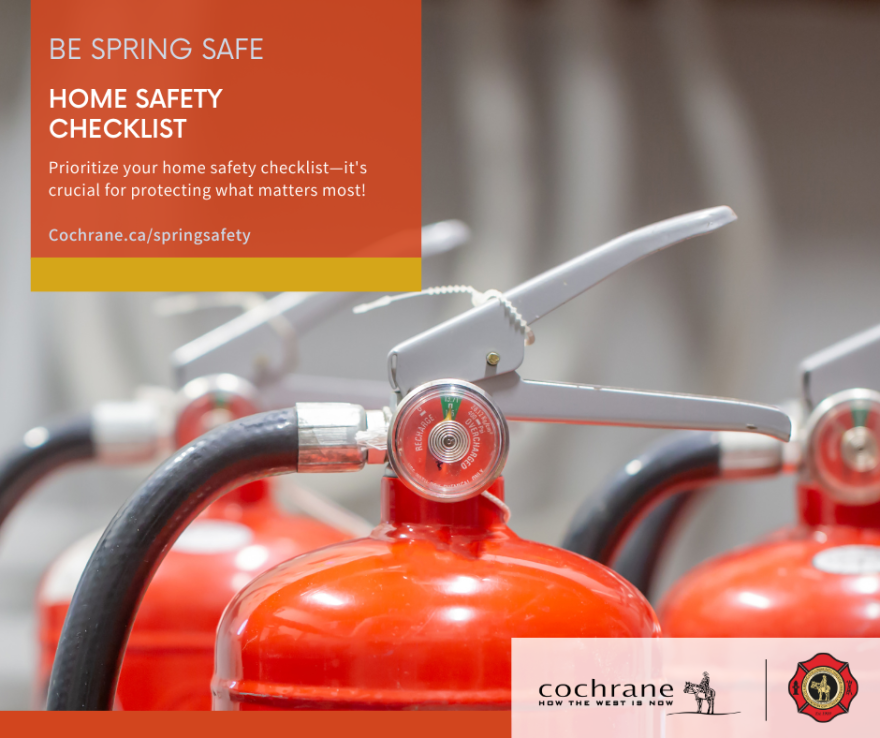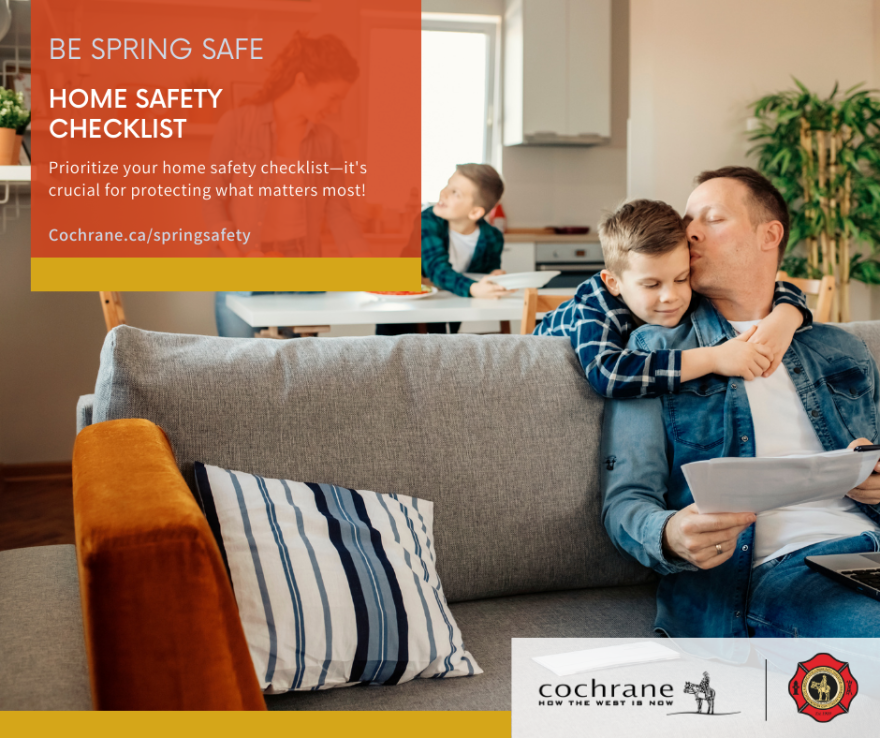
Fire extinguisher safety
Let's talk fire safety and the unsung hero of home protection: the fire extinguisher! Here are some essential tips to ensure you're prepared for any potential fire emergency.
Placement matters
Keep your fire extinguisher in a central location that's easily accessible, such as the kitchen or near the garage entrance.
Check regularly
Take a moment each month to inspect your fire extinguisher. Ensure the pressure gauge shows it's in the green zone, and there are no visible signs of damage or corrosion.
Know your extinguisher
Different types of fires require different extinguishers. Make sure you have the right class for your needs, whether it's for common combustibles (Class A), flammable liquids (Class B), or electrical fires (Class C).
Learn to use it
Familiarize yourself and your family with the operating instructions of your fire extinguisher.
Maintain and recharge
If your fire extinguisher is used, even partially, recharge or replace it immediately. Don't forget to schedule professional maintenance annually to keep it in top condition.

Home safety checklist
Ensure your home is protected with these essential fire safety measures.
- Install smoke detectors on every level of your home and inside each bedroom and test them monthly.
- Create and practice a fire escape plan with your family. Know two ways out of every room.
- Keep flammable items away from heat sources like stoves and heaters.
- Store matches and lighters out of children's reach, preferably in a locked cabinet.
- Never leave cooking food unattended and keep an eye on items cooking on the stove.
- Teach children the "stop, drop, and roll" technique in case of fire.
- If a fire occurs, get out, stay out and call 911 from a safe location.

